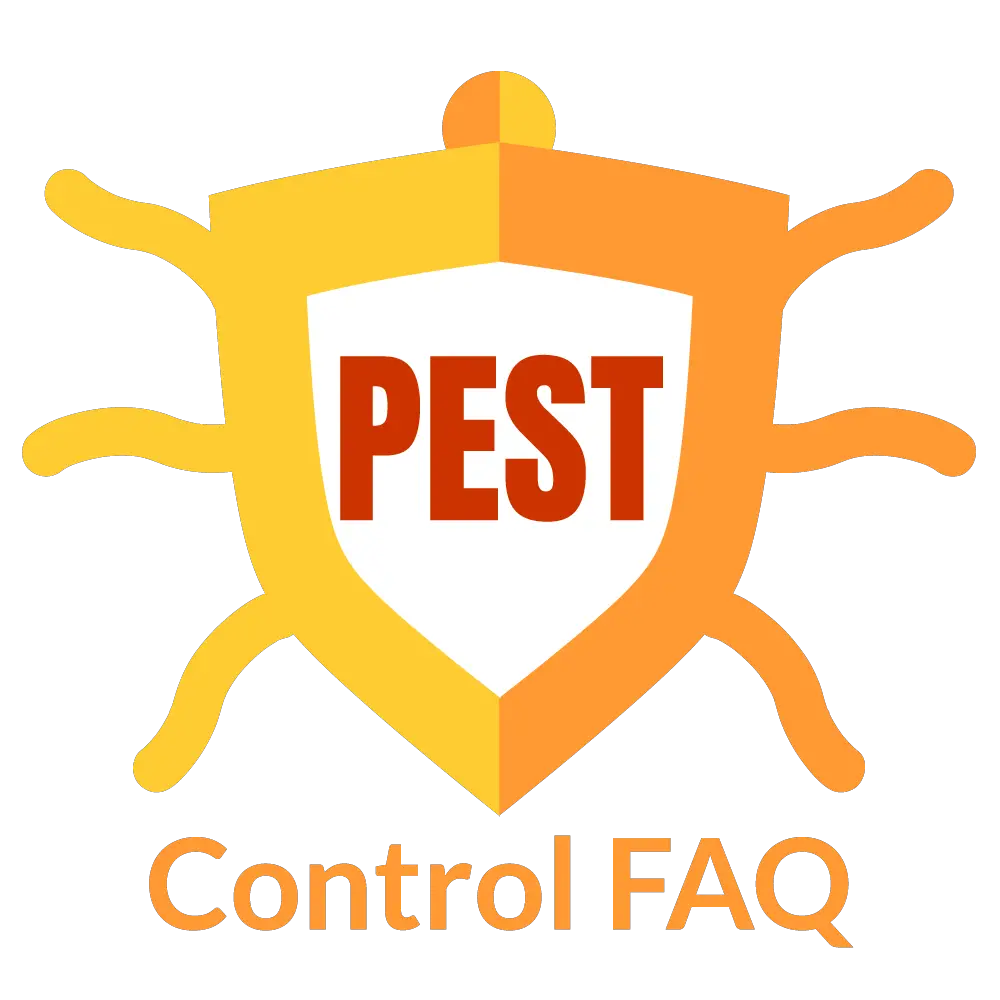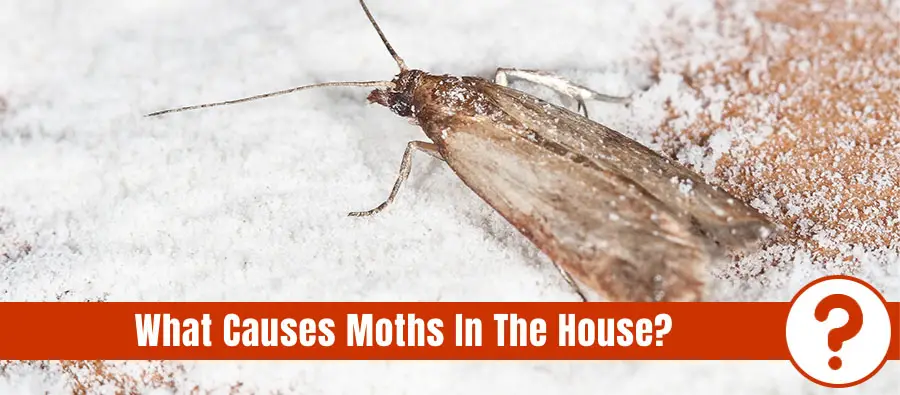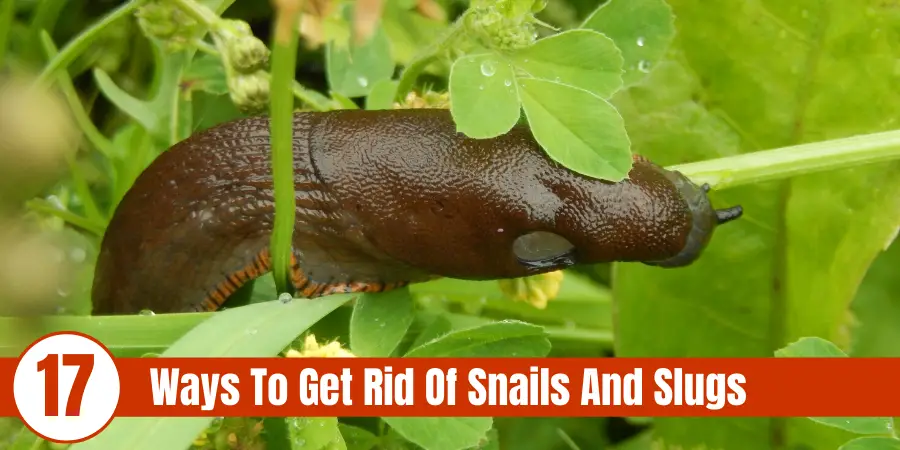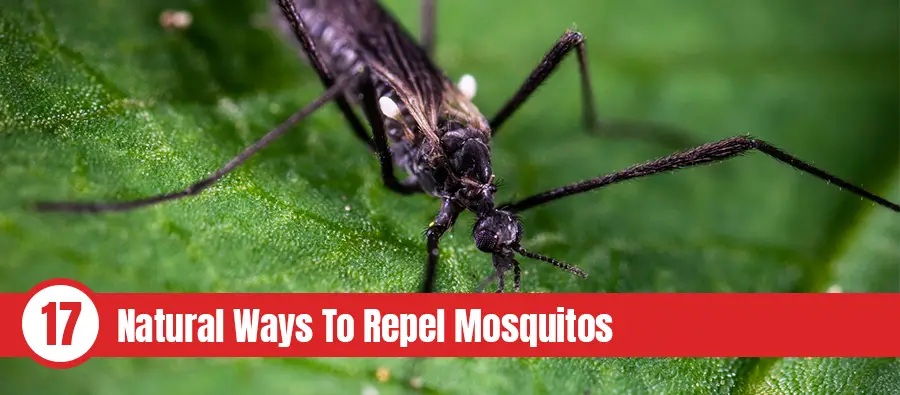You’ve probably seen moths flying around your house or you found a hole in your favorite cloth. Now you’re furious and you want to get to the bottom of this, I’ll help you.
There are several things that could cause moths in your house. They are generally attracted to light. So, there’s a chance that they got into your lit rooms through an open window or door. In addition, moths can get into your house through infested items. Once they are in, they have access to your clothes or food materials.
If you want to learn more about how moths are attracted to your house and how they actually get into your house, keep reading! You’ll also learn that there are different kinds of moths that are inside your house for different reasons.
Table of Contents
What attracts moths to your house?
General knowledge holds that light attracts moths. And this is true in many cases. I mean, you must have noticed them gather around outdoor lighting or windows where light is coming from at nighttime.
They’ll move indoors if they find the slightest cracks or sneak in quickly once the doors or windows are opened. Not all moths like the light, though.
There are different types of moths, but homeowners typically experience pantry moths and clothes moths. You may be wondering what attracts these creatures indoors.
Lit areas appeal only to pantry moths, while clothes moths shy away from light. But both species actually lay their eggs in dark areas. It’s important to be aware of what attracts moths in terms of both habitat and diets. This would help you identify them before it becomes a severe infestation.
Moths are also attracted to a variety of household items. They use these items as a food source or a spot to lay their eggs.
Let’s discuss the two major types of moths, their diets, and their habitat.
Clothes moths
You’ll find these kinds of moths in closets. They are called clothes moths for a reason: They infest items like clothing and upholstery made of animal-based materials.
Usually, the moth larvae tend to be found in clothing. Cloth moths are frequently the culprits behind damaged sweaters, wool jackets, or even furs.
They’ll attach themselves to fiber fabrics such as wool, silk, and fur. This is how they get into your house in the first place.
If you begin to notice holes in your clothing or any of such damage, you may be dealing with case making or webbing clothes moth species.
Webbing moths prefer woolen materials. They may also consume other animal clothing products and cause damage as well. They usually conceal themselves in wool fabric during their feeding process.
On the other hand, case-making clothes moths species feed inside cases they make from silk and fibers of the infested garment. However, both pests chew clothes leaving holes and droppings.
Pantry moths
They’re the ones that you find in your kitchen cabinets, drawers, or pantry. Pantry moths include Indianmeal moths and Mediterranean flour moths. They eat dry goods, including grains, nuts, flours, spices, and chocolate.
Pantry moths lay eggs in those stored grains and processed products. These pests get into homes through infested food packages. Their eggs hatch into larvae and this reproduction keeps going until you get rid of them.
Moth larvae eat grains, cereals, and dried nuts. They’ll contaminate food with cocoons, web-like materials, and feces.
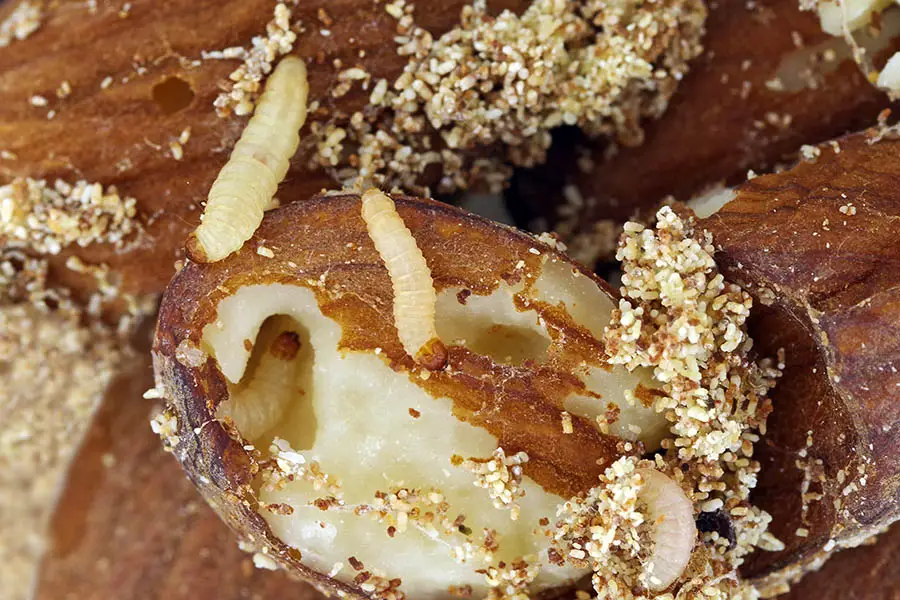
How do moths get into my house?
Taking infested items into your house is the most common way of getting a moth infestation. Food and clothing materials that have larvae or eggs hiding within them can start a moth infestation in your home.
In addition, uncovered containers in our pantries are targets of pantry moths. Here are some other ways moths sneak into your house:
Grocery bags
This is another way pantry moths get into our houses. Pantry moths such as Indian meal moths mainly spend their lives as larvae. So they are really small and pale, white or yellow.
Moth larvae only eat and grow until they become adults. So they don’t stop eating and that’s why they live on food sources. And you’ll always find them on grocery bags.
They’ll eat dried foods like pasta, flour, and cereals. They can even eat through soft plastic to get to dried food.
So you want to check any grocery bag with foodstuff for signs of damage before bringing them inside. If you find damage, don’t bring it in you’ll be at the risk of an infestation.
Garage storage
This is another entry point for moths. If you’ve got garage storage in your house, you’re also at the risk of moth infestation, especially in winter.
Most times the garage stores are filled with a lot of things. While bringing in certain items, you might be moving moths into your homes.
Luggage
Another common way to end up with moths in your house is through your luggage. You might pick up pests through your luggage when you are out.
Usually, they’ll sneak into your luggage and you’ll not discover them until you find them in your home. Pests like moths love to get into luggage because they are quite dark and warm.
Moths may as well lay eggs around your clothes. When you travel, seal up your luggage tightly. If you travel and get back, it’ll be nice to check your bag for moths and wash your clothes.
Through cracks or gaps
Moths can also get into your home through small cracks in between door frames and the eaves of your house.
In addition, if you are closing and opening your doors and windows even for a short while, chances are that you are giving them opportunities to get in. Even the slightest hole in the window screen is enough to invite them in.
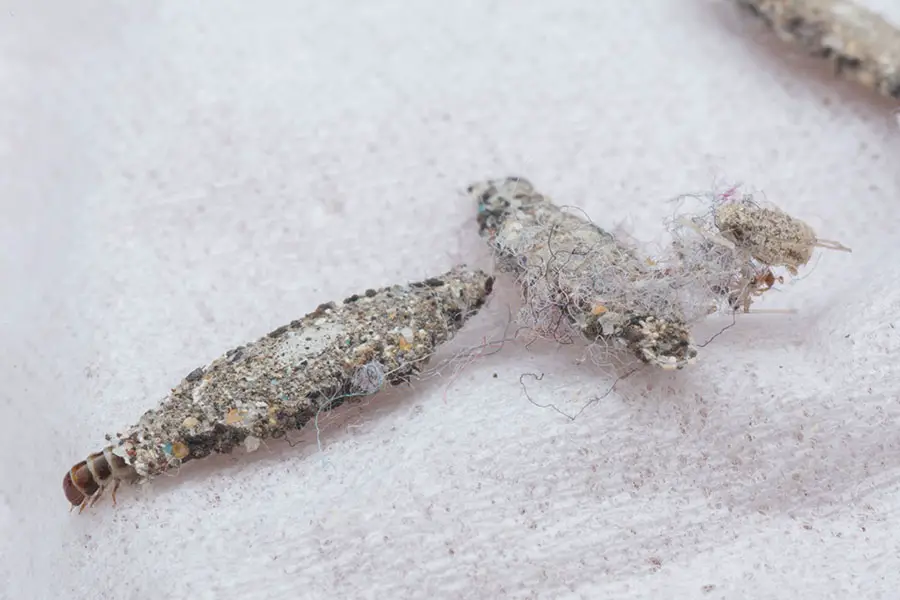
Signs of moth infestation
It’s possible you’ve not seen any moths around your house but you want to know the signs to prevent a future infestation.
Below, I’ll mention a few indicators of a moth infestation. Pantry moths and clothes moths leave distinct signs.
Pantry moths
Pantry moths would normally leave clues that’ll help you notice their arrival in your house:
- Tiny, drab-colored moths wriggling or flying around
- Small holes in plastic food bags
- Eggs or larvae inside food containers
- Web-like materials inside pantries
Clothes moths
- Unusual holes in clothing
- Silky furrows, tunnels, or trenches found on wool clothing and fabrics.
- Excessive shedding of furs
- Tiny cream-colored moths flying around or crawling on surfaces
- Tiny tubes attached to fabric (these tubes are larvae casings)
- Rough deposits on rugs, and clothing
Note: If you notice just a small moth or two, you shouldn’t ignore the signs. What you might think is just a minor infestation, might be actually a severe one.
Chances are that the moths may have laid eggs in certain places of your home. This is mostly applicable in the case of pantry moths, especially in the case of old or unsealed pantry items.
How to prevent the moths from getting into your house?
Moths are attracted to food and humid areas. So you want to keep your house clean and then seal up all food materials in airtight plastic or glass containers.
Mothballs and essential oils also do well in repelling months. So you can place them in strategic areas of your house.
Keep your doors and windows shut as much as possible. Also, make sure to store your food and clothing properly. Fixing all cracks and crevices around the house will also help to prevent the moths from getting in.
Putting it all together: What causes moths in the house?
Your knowledge of what attracts moths would be helpful in finding the source of the infestations. Now, if you find adult moths around your kitchen, look out for larvae.
You might find them hiding in cracks and crevices around the pantry or inside stored food. If you discover holes in your clothing, you should check your closets for moths.
When you find larvae, it’s important that you remove the affected items to stop the pests from spreading.
However, you’ll still have to deal with the infestation. You can decide to treat a minor infestation but you should consider calling pest control companies for severe cases.
